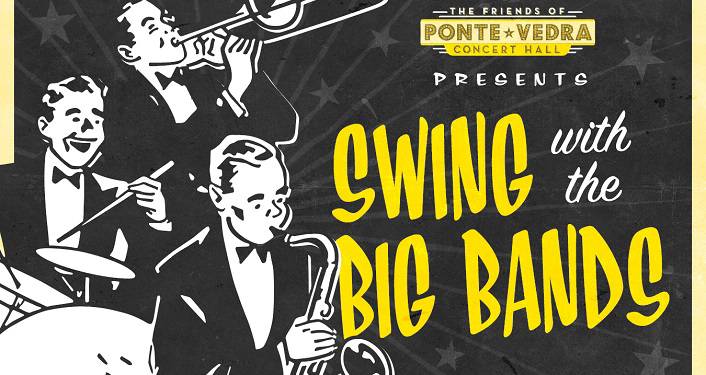In the midst of the Roaring Twenties, when Prohibition cast a shadow over the nation, live swing music and dance parties emerged as a defiant and joyous celebration of life, freedom, and rebellion. Against the backdrop of speakeasies and clandestine clubs, swing music and its accompanying dance craze provided an escape from the constraints of the era, offering a vibrant and electrifying soundtrack to a generation determined to defy convention and embrace the spirit of the Jazz Age.
At the heart of the swing movement were the live bands that brought the music to life, their infectious rhythms and lively melodies providing the perfect accompaniment to the spirited revelry of the era. Led by iconic bandleaders like Duke Ellington, Count Basie, and Benny Goodman, these bands electrified audiences with their virtuosic performances, transforming smoky jazz clubs and underground speakeasies into hotbeds of excitement and energy.
One of the most iconic venues of the era was the Cotton Club in Harlem, where legendary bands like the Duke Ellington Orchestra and the Cab Calloway Orchestra held court, dazzling audiences with their electrifying performances and cutting-edge sound. With its opulent decor and star-studded lineup, the Cotton Club became a symbol of the swing era, attracting everyone from socialites and celebrities to gangsters and bootleggers.
But it wasn’t just the music that made the swing era so special; it was also the dance parties that accompanied it. From the Charleston to the Lindy Hop, swing dancing became the social currency of the era, with couples twirling and spinning across dance floors in a whirlwind of energy and excitement. Whether at a swanky nightclub or a secret speakeasy, swing dancers brought a sense of joy and liberation to the dance floor, their fancy footwork and infectious enthusiasm inspiring onlookers to join in the fun.
Of course, the swing era wasn’t without its challenges, and the specter of Prohibition cast a long shadow over the festivities. But far from dampening the spirit of the era, Prohibition only served to fuel the fire of rebellion, with bootleggers and speakeasy owners defying the law to keep the music and the drinks flowing. For many, the thrill of attending a swing dance party during Prohibition was not just about the music and the dancing; it was also about the sense of defiance and camaraderie that came with flouting the law and embracing the forbidden.
As the swing era faded into history, its legacy lived on in the hearts and minds of those who had experienced its magic firsthand. Today, swing music and dance continue to thrive, with enthusiasts around the world keeping the spirit of the Jazz Age alive through classes, social dances, and live performances. From the iconic sounds of Benny Goodman and Glenn Miller to the timeless elegance of the Lindy Hop and the Charleston, the swing era remains a testament to the enduring power of music, dance, and the human spirit.

